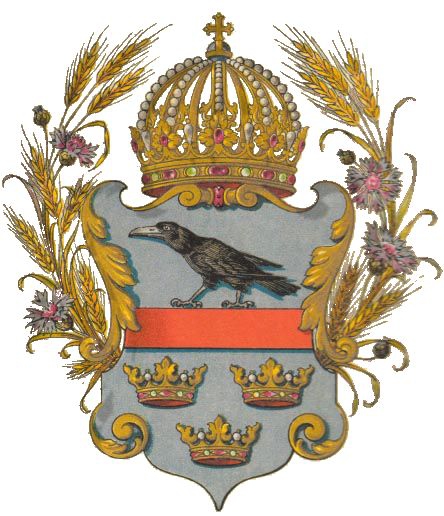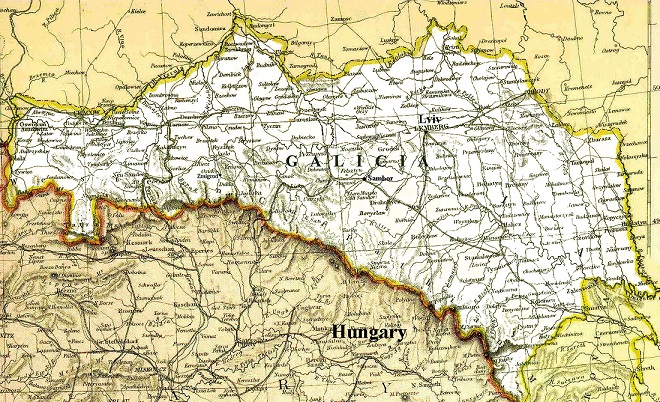Galicia is a historical and geographical region in central-eastern Europe, today divided between western Ukraine and eastern Poland.
Galicia as a geopolitical entity was created in 1772 with the establishment of the Kingdom of Galicia and Lodomeria, the Habsburg Monarchy’s most eastern crownland. The capital of the province was Lemberg / Lwów / Lviv. A century and a half later, Galicia was wiped from the world’s maps, with the fall of the Austro-Hungarian Empire. Though relatively short-lived as an administrative unit, Galicia as a historical region with a distinct cultural, linguistic, and architectural heritage lives on.
For centuries Galicia was inhabited by Ukrainians, Poles, Germans, Austrians, and Jews. In the eastern half, the population of the countryside was predominantly Ukrainian (Ruthenian) while the cities and towns had large Polish and Jewish populations. The western half was predominantly Polish, though Jews also made up significant parts of the region’s urban populations there too.
Though the borders of Galicia changed throughout the years, the core territory included the cities of Lwów (Lviv), Stanislawów (Ivano-Frankivsk), and Tarnopol (Ternopil) in the east, Przemyśl in the middle, and Rzeszów and Tarnów in the west. Kraków, later considered the unofficial capital of the west of Galicia, was fully incorporated into the crownland in 1846. For more about the borders, see Historical Maps of Galicia.
The region’s complex history, the proximity of different ethnic groups and religions, and the changing rulers shaped this corner of Europe into a distinct and culturally rich region. In the major cities of Galicia, especially in Lviv, the traces of these different ethnic groups as well as of different administrations and periods are still visible today, in both the urban landscape as well as in the cultural heritage.
Etymology & Timeline
The Habsburgs named Galicia after the medieval principality of Halych. One of the more widely accepted theories is that “Halych” derives from the Slavic word for “jackdaw”— “halka.” The jackdaw was featured on the coat of arms of the Kingdom of Galicia and Lodomeria.
A timeline of the territory of Galicia:
1199–1245: Principality of Galicia-Volhynia
1245–1349: Kingdom of Galicia-Volhynia
1349–1569: Kingdom of Poland
1569–1772: Polish-Lithuanian Commonwealth
1772–1918: Kingdom of Galicia and Lodomeria, a crownland of the Austrian Empire
1918–1939: Republic of Poland
1939–1941: Soviet Occupation (eastern half)
1941–1944: Nazi German Occupation
1945–1991: Ukrainian Soviet Socialist Republic and Polish People’s Republic
1991– Independent Ukraine and Poland (Third Polish Republic from 1989)

